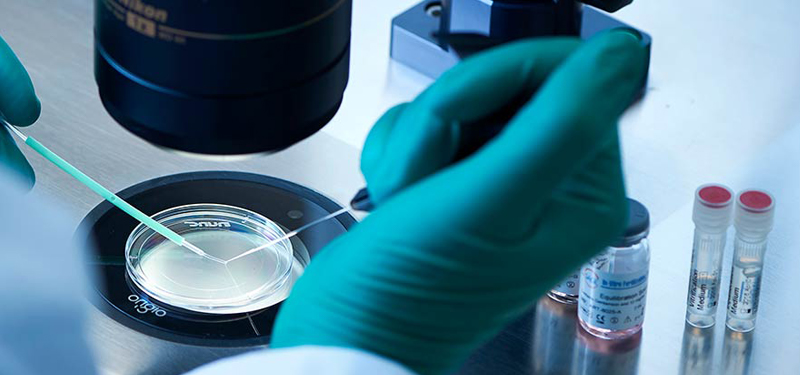
Vitrification is a technology used for freezing embryos and eggs. The embryologist can use the frozen egg or embryo for later use. The use of vitrification technology is not limited to fertility space. It can also convert a crystalline structure into a smooth one
While freezing any cell in a lab, the prime focus is to avoid ice crystal formation due
to subzero temperatures. The sharp edges of ice crystals can damage the cell membrane.
Also, water inside the cells expands in volume when it becomes ice, causing rupture of
the cell ice crystals and posing significant and fatal problems for cells.
Vitrification is one of the most effective solutions to this problem.